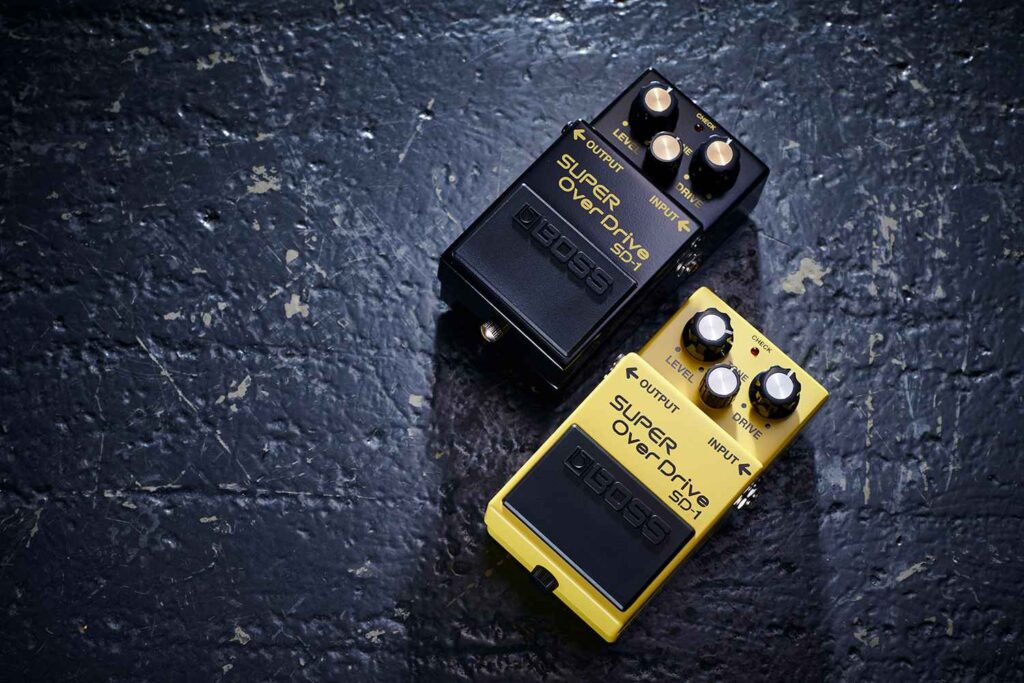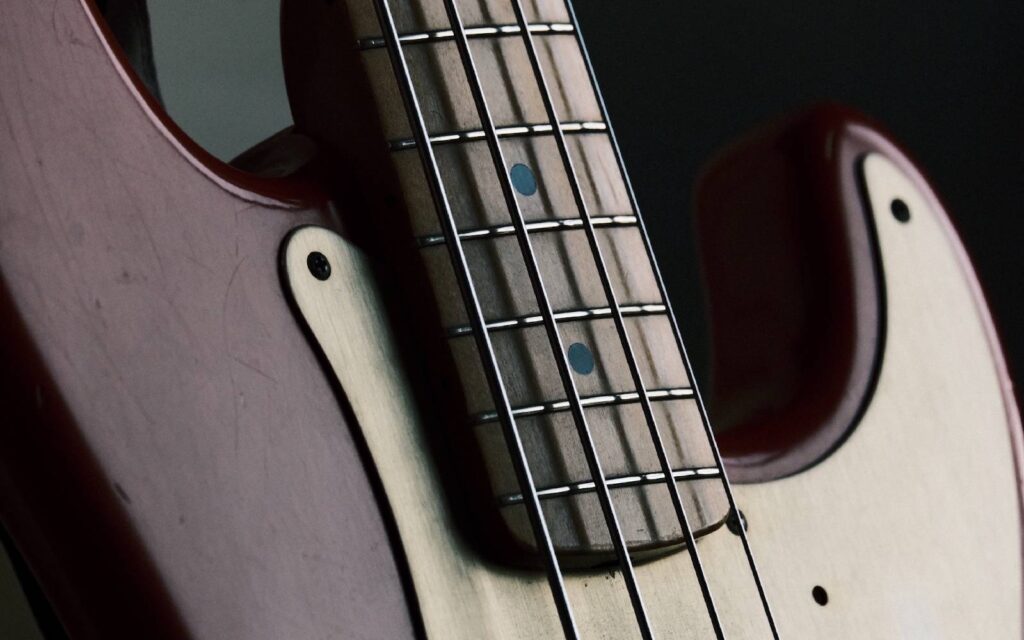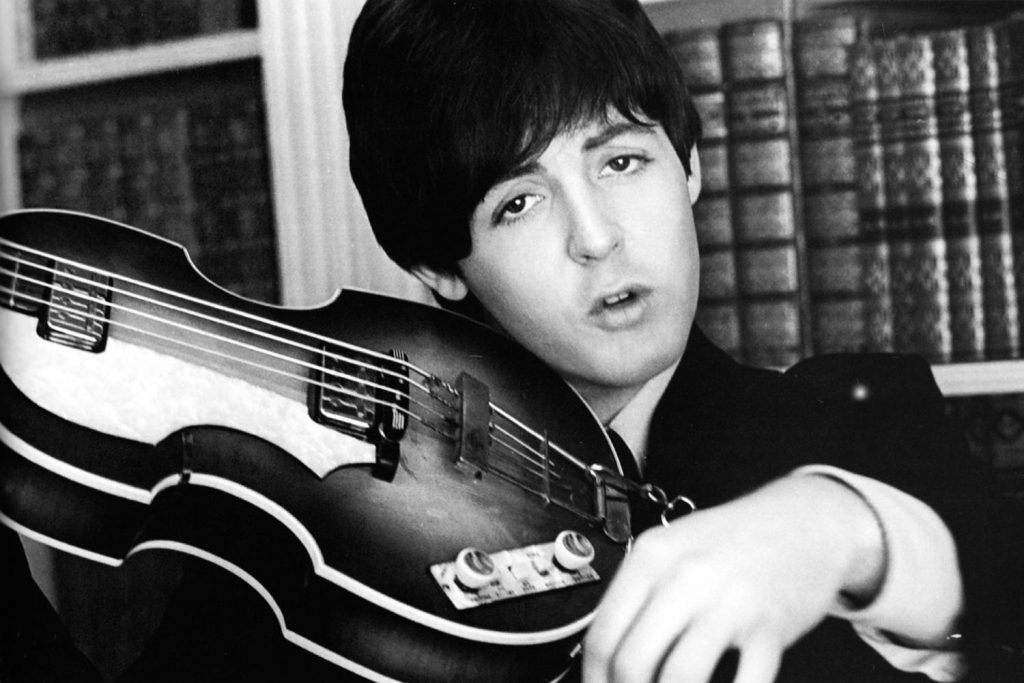To fully garner what makes the Boss SD 1 so prolific, we must take a step back to that initial run of Boss compact pedals from 1977.
One of the circuits that has resounded vehemently throughout Boss’ rich history is the Boss SD-1 Super Overdrive pedal. Roland subsidiary Boss gave birth to the modern compact pedal footprint in 1977, and to say this revolutionised the industry would be an absolute understatement. A 46-year tenure of unaltered design is a testament that Boss got it right the first time.
“A 46-year tenure of unaltered design is a testament that Boss got it right the first time.”
Read all the latest product & music industry news here.
The Boss SD 1 is an inconspicuous yellow box that has enraptured generations of players over its 41-year lifespan. Edward Van Halen, Johnny Greenwood, and Lindsey Buckingham are just a morsel of the players who have slung an SD-1 onto their board in the past 4 decades.
The company’s first foray into the design we all know and love surfaced with a 3-pedal lineup, comprising of the PH-Phaser, SP-1 Spectrum and Boss OD-1 Overdrive.
Boss OD-1
The OD-1 itself represented a solution to a problem that many players of this era were facing, the desire to achieve power amp distortion without blowing the doors down.
The advent of hard rock following the sounds of the British invasion had made these raunchier tones increasingly popular, not to mention that Marshall had only just released its first master volume heads in the JMP 2203 and 2204 2 years earlier.
This meant that most players were stuck with amps they had been using since the 60s and Boss acknowledged a hole in the market that needed a cost-efficient and effective solution. Yes, there was Fuzz but the generally unpredictable and brash nature of such circuits had an entirely different sound in comparison to what many players were seeking out.
Enter the Boss OD-1, another inconspicuous yellow box that implemented a patented asymmetrical clipping circuit to emulate the power amp saturation of a cranked tube amp. This design intercepted the swing of positive and negative waveforms equally, resulting in a more harmonically complex distortion compared to what else was available at the time.
Needless to say, the pedal was an immediate hit and players rejoiced at the fact that they could obtain the tones they were seeking at any volume regardless of what equipment or stages they were playing.
Famous electric guitar tones
The OD-1 played at least a small part in influencing the design of its biggest competitor, the Ibanez TS-808 Tubescreamer “of which all variants utilise a symmetrical clipping circuit instead of Boss’ asymmetrical circuit” and ultimately the Tubescreamer would play a part in the demise of the OD-1 in 1985.
Despite sowing the seeds for compact overdrive pedals the OD-1 had become somewhat dated by the 1980s. Many felt that the simple two-knob pedal was perhaps too “sweet” sounding in the spectrum of more aggressive tones that players were seeking out at this point.
In addition to this, others felt that the fixed-frequency bump implemented in the OD-1’s design was insufficient. After all, since the introduction of the Ibanez TS-808 in 1979 Japanese designer Maxon had incorporated a tone control which gave the user more control over the pedals sound.
If the design of the Boss OD-1 influenced Maxon in the development of the TS-808 it’s safe to say that the latter influenced Boss in the design of the SD-1. Issued in 1981, the SD-1 Super Overdrive saw the inclusion of a tone control making it a three knob pedal much like the Tubescreamer.
However, the Boss SD 1 still utilised the asymmetrical clipping circuit giving it a more aggressive edge when compared to the Tubescreamer overdrive pedal. The SD-1 was the perfect companion to the brash and larger-than-life guitar sounds that resonated from the burgeoning hard rock and heavy metal scenes worldwide at this point in time.
The SD-1s midrange boost and bass cut made it a premier choice when it came to tightening up the sound of old tube amps. Not to mention that its level and drive controls have the potential to turn a crunchy JCM 800 into a high-gain monster.
But it is not all mean when it comes to the Super Overdrive, players like John Frusciante, Prince, and The Edge have incorporated the SD-1 into their setups to provide a bit of character to their clean tones amongst a plethora of other legends over the years.
Josh Homme of prolific Desert Rockers Kyuss and Queens Of The Stone Age has long utilised the SD-1 as a simple treble booster while the late Criss Oliva of Flordian Metal heavyweights Savatage cascaded two SD-1s into each other! “Using one for his rhythm sound and kicking on the second as a solo boost”.

While much gear comes in and out of vogue the SD-1 Super Overdrive has remained on the market relatively unchanged for a period of 42 years. However, this isn’t to say that the beloved SD-1 hasn’t been reinvented in the hands of many DIY modders.
As a matter of fact, the SD-1 serves as one of the easiest circuits to mod “provided you have a through hole variant and not a more recent surface mount PCB board pedal.”
It’s safe to say that the SD-1 overdrive pedal has birthed many a DIY pedal maker due to both its accessible price point and circuit design with Boss even incorporating some of these ideas into their boutique Waza Craft SD-1W issued in 2014.
The fact that a vintage example sounds extremely similar to a brand-new pedal is astounding, shining a beacon on the SD-1’s continued relevance. Then again, what do you expect from a stompbox that has endured such widespread use across a plethora of genres?
Keep reading about Boss here.







